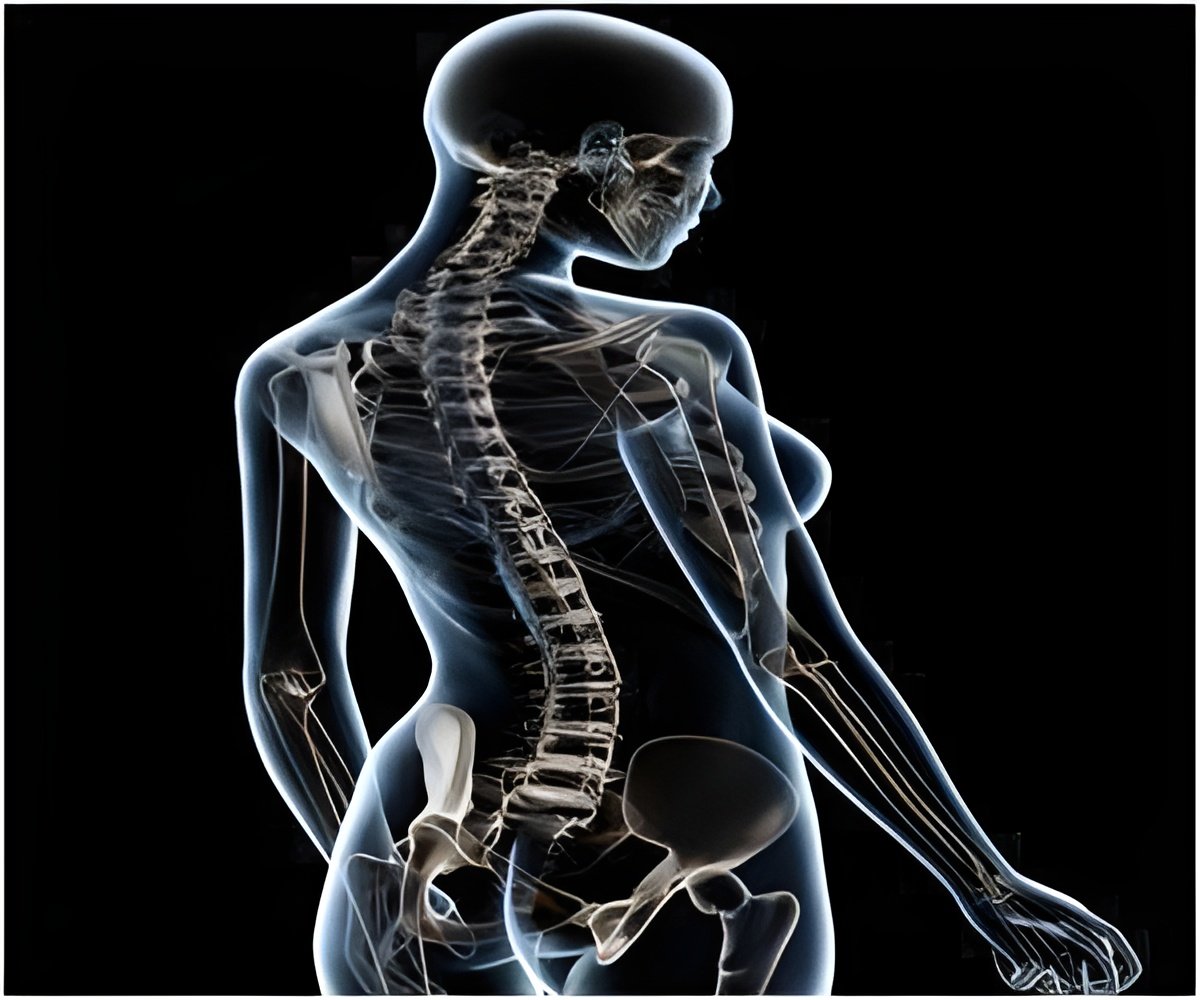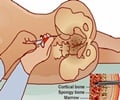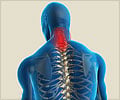A new study says that tendons in high-stress and strain areas, like the Achilles tendon, actually repair themselves less frequently than low-stress tendons.

Hence, they have to continually repair collagen damage to avoid buildup of degraded protein,
However, the ability to repair differs on the kind of tendon itself - some tendons like the Achilles tendon in humans and the superficial digital flexor tendon (SDFT) in horses, have to bear a lot of weight and strain.
Dr Helen Birch at University College London and colleagues examined protein turnover in the tendons of horses of various ages and found that the high-strain SDFT repairs much less frequently than the low-strain common digital extensor tendon (CDET, located at the front of the limb).
They found through scientific methods, that every year, only 0.25 percent of the injury-prone collagen gets replaced in SDFT tissue. Over time, degraded protein and other mechanically induced micro-damage could reduce the overall integrity of the tendon, leading to severe large-scale injuries.
The reason for not allowing more important tendons to heal faster may be that the strength and stiffness of these tendons, which are used heavily, may get compromised.
The study appears in the May 21st Journal of Biological Chemistry.
RAS
 MEDINDIA
MEDINDIA




 Email
Email






